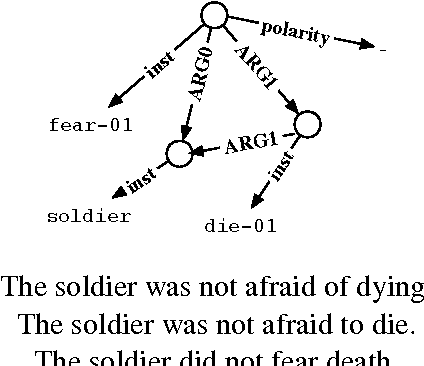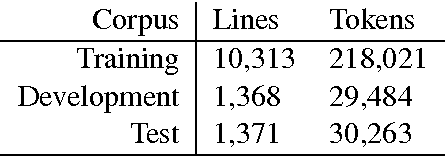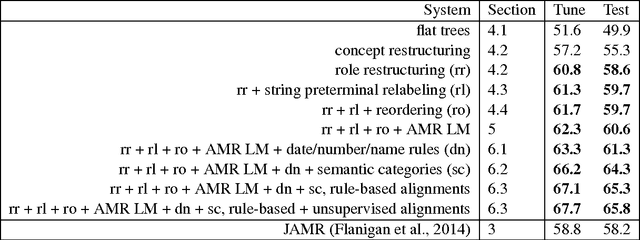Michael Pust
Rethinking Reflection in Pre-Training
Apr 05, 2025Abstract:A language model's ability to reflect on its own reasoning provides a key advantage for solving complex problems. While most recent research has focused on how this ability develops during reinforcement learning, we show that it actually begins to emerge much earlier - during the model's pre-training. To study this, we introduce deliberate errors into chains-of-thought and test whether the model can still arrive at the correct answer by recognizing and correcting these mistakes. By tracking performance across different stages of pre-training, we observe that this self-correcting ability appears early and improves steadily over time. For instance, an OLMo2-7B model pre-trained on 4 trillion tokens displays self-correction on our six self-reflection tasks.
Augmenting Statistical Machine Translation with Subword Translation of Out-of-Vocabulary Words
Aug 16, 2018



Abstract:Most statistical machine translation systems cannot translate words that are unseen in the training data. However, humans can translate many classes of out-of-vocabulary (OOV) words (e.g., novel morphological variants, misspellings, and compounds) without context by using orthographic clues. Following this observation, we describe and evaluate several general methods for OOV translation that use only subword information. We pose the OOV translation problem as a standalone task and intrinsically evaluate our approaches on fourteen typologically diverse languages across varying resource levels. Adding OOV translators to a statistical machine translation system yields consistent BLEU gains (0.5 points on average, and up to 2.0) for all fourteen languages, especially in low-resource scenarios.
Using Syntax-Based Machine Translation to Parse English into Abstract Meaning Representation
Apr 28, 2015



Abstract:We present a parser for Abstract Meaning Representation (AMR). We treat English-to-AMR conversion within the framework of string-to-tree, syntax-based machine translation (SBMT). To make this work, we transform the AMR structure into a form suitable for the mechanics of SBMT and useful for modeling. We introduce an AMR-specific language model and add data and features drawn from semantic resources. Our resulting AMR parser improves upon state-of-the-art results by 7 Smatch points.
 Add to Chrome
Add to Chrome Add to Firefox
Add to Firefox Add to Edge
Add to Edge